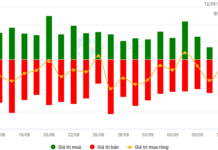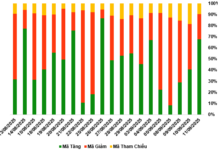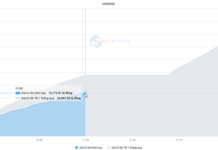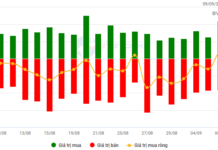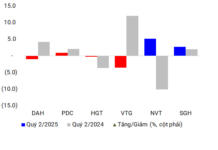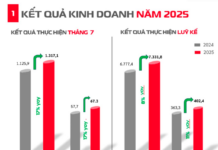
Last weekend, OPEC and its allies, led by Russia, decided to extend the agreement to cut production until the end of the first quarter. This decision didn’t come as a surprise, and its impact on oil prices is quite limited.
However, the continuous extension of production cuts raises a question: How long can OPEC continue to do this?
The answer might seem simple at first. OPEC, Russia, and the Middle Eastern producers can continue cutting production as long as they feel it’s necessary. However, not all OPEC+ members are satisfied with the agreement, as evidenced by Angola recently leaving the organization and the UAE, the third-largest OPEC oil producer, complaining about the quota they received.
Looking closer, the situation is far from simple. Saudi Arabia, the leader of OPEC, is spending billions of dollars to diversify its economy. They need even more billions to do so, and oil remains their largest source of revenue. A few years ago, when Brent crude oil prices were at $80 per barrel, it was enough for Riyadh to balance its budget. However, with inflation and interest rate hikes in recent years, Riyadh may need even higher oil prices to balance its budget.
This is the reason why Saudi Arabia and the entire OPEC+ group are getting shaky.
Going back to November 2022, which was the first round of production cuts, Brent crude oil was trading above $90 per barrel. However, this was a price that didn’t satisfy OPEC+, so the cuts had to continue. Currently, oil prices are only around $80 per barrel, even after over a year of production cuts. OPEC+ can’t back down because if they stop cutting, prices will drop. But due to continuous cuts, OPEC+ is gradually losing market share to other external oil producers.
Some energy analysts believe that Saudi Arabia has no choice. They will still have to limit production, accept market share loss to maintain reasonable oil prices.
The country has a huge spare capacity of about 3 million barrels per day, but the problem is if not used, it will start to decline. Once it starts declining, bringing back spare production will be difficult and expensive.
“Saudi Arabia has continuously invested tens of billions of dollars in expanding production activities over the past decade. Cutting quotas has led to increased idle capacity,” said Ben Hoff, head of commodity strategy at Societe Generale, to the Financial Times.
However, it’s clear that Saudi Arabia can’t bring that 3 million barrels per day of spare capacity into operation at this time. Prices need to increase significantly before they consider that.
All the factors that put pressure on oil prices last year still exist: slow economic growth, especially in China, high and unlikely to reduce interest rates, and another important factor is weak demand.
Out of these, only the third factor has been shaky as oil demand has been surprising since 2020 until now. Meanwhile, slow economic growth is a reality in many places, and high interest rates are also evident.

